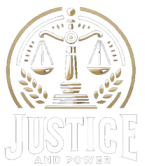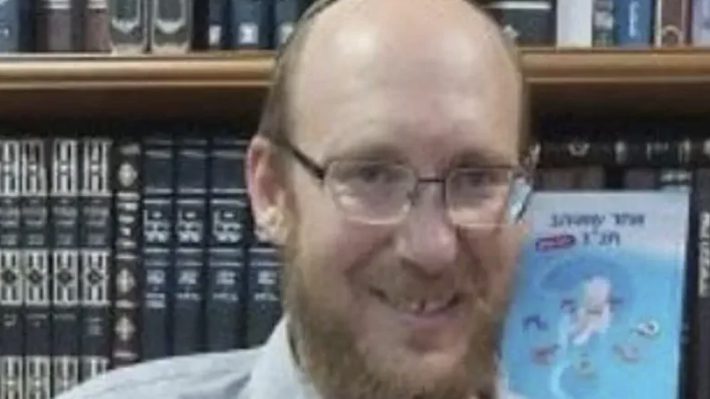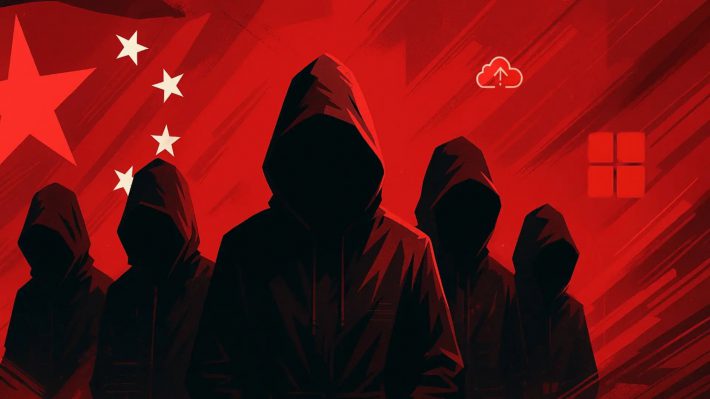What can connect the disparate commandments in Parashat Kedoshim?
Dovi Holtz is a former shaliach in London and Memphis, currently Ram at the Yeshiva High School in Natzeret Illit.
I like to think of myself as a rational person. Well, not exactly rational, but someone who likes patterns. One example is a game I play with myself and my kids (those willing to put up with my quirks). We (that is, I) look for and arrange mathematical patterns in the numbers on license plates of cars we pass. And this is precisely the difficulty I have with Parashat Kedoshim.
The parasha is full of an unclear mix of laws, leaving the reasonable reader (namely me) somewhat confused. It’s clear from the repeated use of the root *K.D.SH.* that we’re searching for a kind of “Kedushometer,” and the extensive use of the phrase “I am the Lord your God” (or the shortened “I am the Lord”) sets a divine bar we’re expected to reach—but what is that bar? I still feel the need for someone to bring order to the chaos.
This is exactly what Ibn Ezra attempts to do. Systematically, he goes through each mitzvah in the parasha and explains the semikhut parshiyot—the connection between each topic. He links all the verses in the parasha together, and here’s a random segment from chapter 19, verses 23–32.
The commandment of orlah appears here because, after talking about the fruit of the field and of people, it makes sense to speak about the fruit of trees. We then continue with the mitzvah of the fourth year—the first year in which the fruits can be eaten as holy—and then the fifth year when they can be eaten freely.
Since we mentioned that tree fruits shouldn’t be eaten right after they grow, it’s also a good time to remind that meat shouldn’t be eaten before the blood is cast off—especially if the animal was slaughtered near the holy site. This contrasts with the Egyptians, who ate on the blood and worshipped demons and such.
Naturally, when Egyptian practices are mentioned, it’s fitting to recall they also rounded their hair and beards, tattooed and cut their flesh. And someone who cuts themselves usually does so visibly—so this is an appropriate moment to warn not to expose your daughter’s body. And what is forbidden privately is forbidden publicly too. Cutting oneself was also a mourning practice—so it’s forbidden on Shabbat, which leads to mourning practices for a kohen, and elders, and so on…
If you managed to retrace Ibn Ezra’s line of reasoning, you’re a better person than I am. I understood from him that seeking order in the verses is valid and worthwhile—but his proposal didn’t create the pattern I longed for.
Midrash Rabbah (Parasha 24:5) claims that the sections of the parasha reorganize the Ten Commandments in various ways several times. And indeed, one can find thick hints of this—like Shabbat (“You shall keep my Sabbaths” – 19:3), or Do not commit adultery (“Do not profane your daughter by making her a harlot” – 19:29), or less obvious ones—Do not murder (“Do not eat on the blood” – 19:26). But I couldn’t figure out how neta revai connects to any of the commandments, so that pattern didn’t quite work for me either.
Rabbi David Zvi Hoffmann suggests a slightly broader perspective. In his view, the goal of the first half of this law collection is to reinforce the honor and recognition of God, while the second half distances a person from pagan behavior and idolatrous views. His challenge is to explain the inclusion of Shabbat (since the pagans didn’t keep it) and honoring elders (since they didn’t respect them)—but it’s easier to stay within the lines when the boundaries are wide.
This got me thinking: perhaps we need an even broader view to find a common denominator. When I expanded my study of chapter 19, I discovered that *kedusha* is mainly about *what not to do. The word “*lo” (not) appears in the chapter 42 times—almost twice as many as the name of God, which is the second most common word. And that’s before counting related terms like “al” and “hishamer”. The path to holiness is through distancing from prohibitions, as stated in Sifra: “Be separate.”
This insight also helped me resolve another difficulty. In verses 9–10, the Torah commands leaving gifts for the poor. At first glance, this seems like a wonderful example of an altruistic society that cares for the weak and needy.
But if that’s the picture we’re trying to paint—a utopia where everyone looks after one another—then I would have worded the verses like this:
“And when you reap your harvest, leave the corner of your field, the gleanings, the unripe grapes, and the fallen fruit—for the poor and the stranger, you shall leave them; I am the Lord your God.”
In other words, I’d emphasize *what to do. But that’s not what the Torah does. Instead, it forbids us from reaping and gathering. Or as the Gemara in *Yevamot (47a) puts it—it warns us about the sin of forgetting these gifts. As we said: to attain holiness, you must *refrain*.
And so you’re not left with such a bleak and negative impression, I’ll add: Sefer Vayikra doesn’t end with Parashat Kedoshim. In the second half of Parashat Emor (from chapter 23 onward), we begin to see the more *active* and *positive* aspects of what is expected of us—but that’s for another time.
Dovi Holtz- “One who loves Tanach”
For comments: doviholtz@gmail.com





